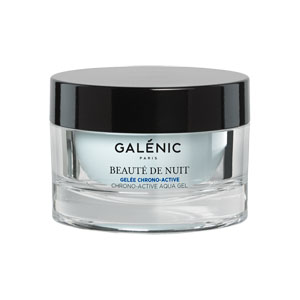By Dr Gilles Korb
Nowadays, no woman would dream of going out with their hairy legs on display. Smooth skin shows that a woman takes care of her appearance and is a natural criterion for seduction. Men are also jumping on the hair-removal bandwagon, as body hair has lost its status as a sign of virility. But, is there any way to avoid repeatedly shaving or waxing for years on end? Yes, a solution does exist: permanent − though we prefer to say long-term – hair removal effectively and permanently destroys the hairs in just a few sessions.
Principle:
Lasers do not target the hair itself but rather its root, the hair follicle, which they destroy. Hair is like a weed: if we trim it then it will keep growing back forever, but if we destroy its root then the hair is removed for good. Hairs ranging from a light brown to a deep black colour can be treated using a laser. However, lasers are unsuitable for removing blond, grey or red hairs.
Laser treatment is a medical technique and, as such, should only be performed by a doctor, just like pulsed light treatments.
The different lasers used have different technologies:
Alexandrite lasers target the hair follicle’s melanin pigment. These lasers are not used on tanned or naturally pigmented skin due to the risk of cutaneous burns.
YAG lasers specifically target the follicle’s micro-vascularisation, hence why they are used mainly on patients with dark and naturally pigmented, mixed-race or black skin. A tester session is generally carried out on very dark skin before starting treatment.
Certain lasers, such as the Quanta Duetto, combine both procedures in one beam for more difficult cases, i.e. very fine or light-coloured hairs.
Epilation using pulsed light is less common nowadays, as the area treated is not left completely smooth after treatment. It also presents a high percentage of paradoxical regrowth.
There are very few counter-indications: haemophilia, diabetes, people taking anticoagulants, hormonal imbalances. The area treated should be kept out of sunlight for two weeks before and after each session.
Treatment procedure:
Hair grows in cycles, meaning that all of the hairs cannot be treated by laser at the same time. At each session, 20% of the hairs are destroyed. You should therefore plan for 6 to 8 sessions, leaving 4 to 6 weeks in between. Each session takes between 15 and 30 minutes, depending on the area to be treated (half leg or full leg). In practice, the treatment is carried out over a period of about a year, avoiding the summer months and any periods of high sun exposure.
Certain precautions must be strictly adhered to:
Stop waxing or plucking as it damages the hair follicle. Shave or use depilatory cream the day before your appointment.
Anaesthetising cream is rarely required as the treatment is not particularly painful, except perhaps the more sensitive YAG laser. A cooling system on the head of the laser device eases any discomfort.
Apply a moisturising cream after the session.
The hairs treated are permanently removed. However, sometimes a patient can experience “paradoxical” regrowth, particularly on the outer thighs.
It may be more expensive than traditional epilation methods, but laser hair removal offers the undeniable advantage of effectively and permanently removing the hairs over the course of just a few months.
Dr Gilles Korb has lived in Nantes for the last 25 years. He has a double qualification: ENT and cervicofacial surgery and maxillofacial surgery. Surgeon of the face and neck, member of the French Society of Plastic and Cosmetic Surgery of the Face and Neck, member of the French Association of Morpho-Aesthetic and Anti-Aging Medicine. Expert for the courts and insurance companies. Author of several publications about medicine and cosmetic surgery. Takes part in numerous international congresses and leads symposiums and work groups on medicine and cosmetic surgery.













